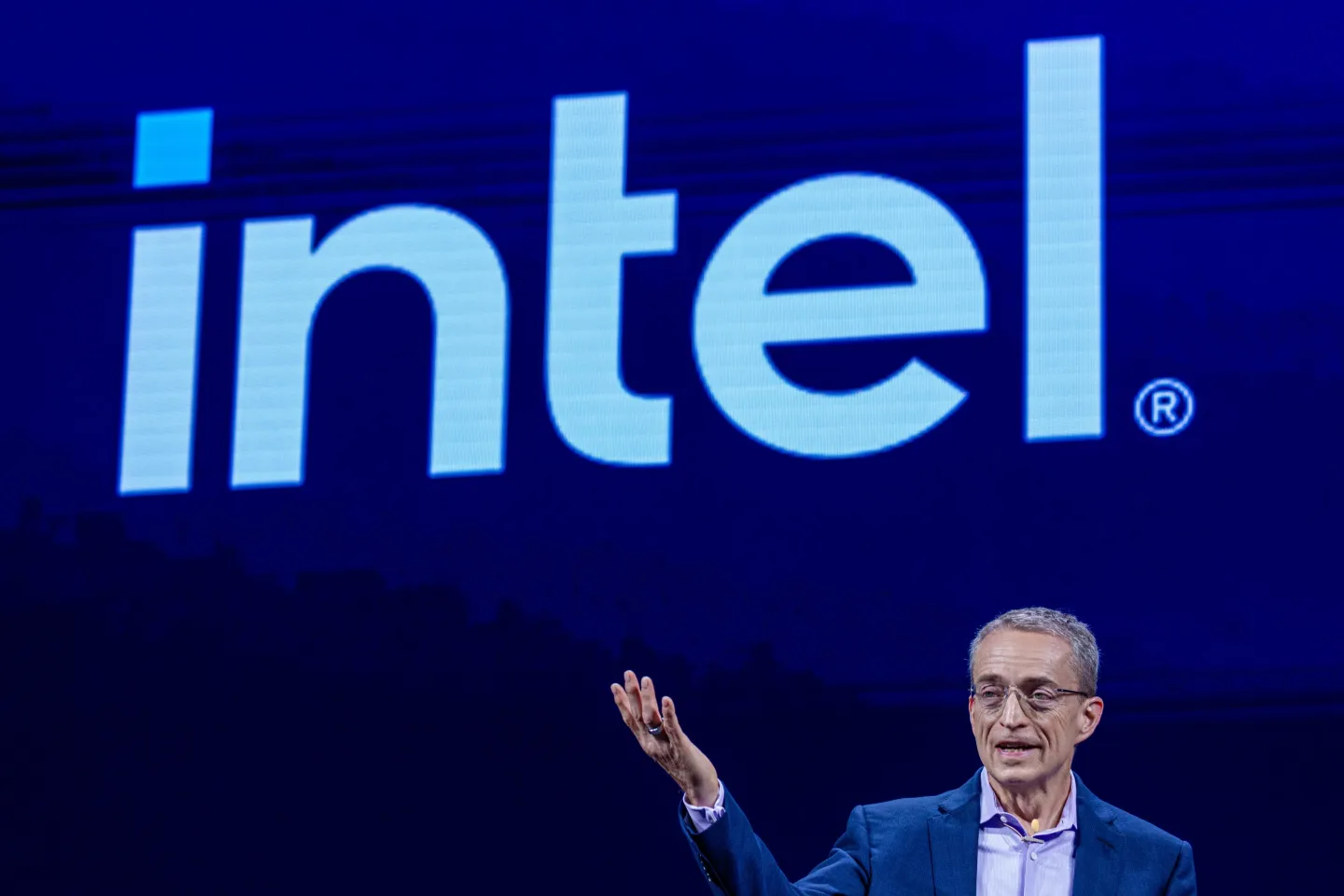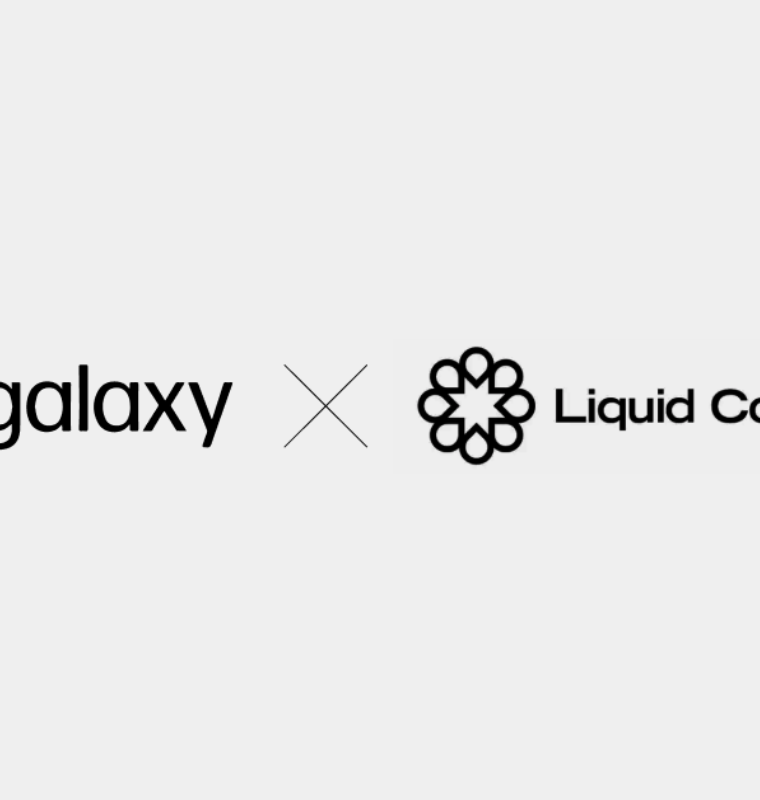Intel Surpasses Revenue Estimates, Slashes Foundry Spending as CEO Declares “No More Blank Checks”
Intel Surpasses Revenue Estimates, Slashes Foundry Spending as CEO Declares “No More Blank Checks”
By
Leah Rosenfeld
Last updated:
July 25, 2025
First Published:
August 6, 2025

Getty Images
Intel Beats Q2 Revenue Forecasts Amid Strategic Shakeup Under New CEO
Intel delivered stronger-than-expected revenue in its second-quarter earnings report on Thursday, but the chip giant is signaling a dramatic shift in strategy under newly appointed CEO Lip-Bu Tan. While the company outperformed Wall Street estimates with $12.86 billion in revenue (vs. $11.92 billion expected), it reported a steep net loss of $2.9 billion, driven in part by an $800 million impairment charge on unused factory tools.
The stock dropped approximately 5% in after-hours trading, as investors digested the dual message of better-than-expected sales but more aggressive cost-cutting — especially in the company’s foundry and manufacturing operations.
This marks the second earnings call since Tan took over the reins in March. In an internal memo released Thursday, Tan admitted the transition had been challenging: “The first few months have not been easy.”
Revenue Breakdown and Q3 Outlook
Here’s how Intel performed in Q2 2025, compared to consensus from LSEG analysts:
- Earnings per share (EPS): Adjusted loss of $0.10
- Revenue: $12.86 billion (vs. $11.92 billion expected)
- Net loss: $2.9 billion, or $0.67 per share
- Q3 revenue guidance: $13.1 billion midpoint (vs. $12.65 billion estimated)
- EPS guidance for Q3: Break-even, while analysts anticipated $0.04 per share
Intel’s second-quarter results were dragged down by a $0.20 per share hit from excess tool impairments. The company clarified that the loss stemmed from equipment with “no identified re-use,” a costly reminder of previous overexpansion.
Cost-Cutting: Foundry Retreat and Global Layoffs
Tan is aggressively pulling back on capital spending after what he called a period of “over-investment without demand”. Intel’s foundry business — which manufactures chips for external clients — posted an operating loss of $3.17 billion on $4.4 billion in revenue. The division has struggled to secure anchor clients in a highly competitive market.
To rein in losses, Intel is:
- Canceling chip fabrication (fab) projects in Germany and Poland
- Consolidating testing and assembly facilities in Vietnam and Malaysia
- Delaying construction of its high-profile chip plant in Ohio, pending customer interest
- Tightening its capital investment policy: “There are no more blank checks,” Tan stated in his memo.
Intel is also drastically downsizing its workforce. The company has completed most of its planned 15% reduction, which will bring headcount down to 75,000 employees by the end of 2025. These cuts are part of a broader goal to slash $17 billion in operating expenses.
Strategic Realignment: From Bureaucracy to Accountability
In addition to layoffs and factory rollbacks, Tan is restructuring Intel's internal processes. He pledged to flatten management layers and remove redundant teams, particularly in legacy hubs like Oregon and California.
He also announced that all new chip designs will require his personal approval before reaching the “tape-out” stage, the final milestone before manufacturing begins. The goal is to ensure each product aligns with commercial demand and financial feasibility.
Tan emphasized Intel’s upcoming 14A chip process will only proceed with confirmed customer orders, a pivot from previous practices of building capacity in anticipation of future demand.
Performance by Business Segment
- Client Computing Group (PC processors): $7.9 billion in revenue, down 3% year-over-year
- Data Center and AI Group: $3.9 billion in revenue, up 4% — a modest rebound amid increasing pressure from AMD and Nvidia
Intel is searching for a permanent leader for its data center division, where it has steadily lost ground to Advanced Micro Devices (AMD) in the battle for cloud and enterprise server market share.
Looking Forward: A Leaner, More Accountable Intel
Despite a 13% gain in share price so far in 2025, the company is still reeling from a catastrophic 2024, when its stock plunged 60% — the worst annual performance in company history. Restoring investor confidence remains a top priority.
Tan’s strategy reflects a broader shift in the semiconductor industry, where capital discipline, efficient scaling, and real-time demand validation have become critical. Intel’s fate will likely hinge on how well it executes this transformation — from sprawling bureaucracy to agile, cost-aware innovation.
For now, Tan has made it clear: Intel will no longer spend blindly, and every dollar must deliver measurable value.
Popular articles
Subscribe to unlock premium content
Disney’s Timeless Magic and How the Entertainment Giant Continues to Shape Culture and Innovation

Imran Khan’s Economic Missteps Amid Political Chaos in Pakistan

The Philippines’ Digital Shift How Remittances and BPO Are Fueling Growth

Disney’s Timeless Magic and How the Entertainment Giant Continues to Shape Culture and Innovation

Imran Khan’s Economic Missteps Amid Political Chaos in Pakistan

Disney’s Timeless Magic and How the Entertainment Giant Continues to Shape Culture and Innovation









